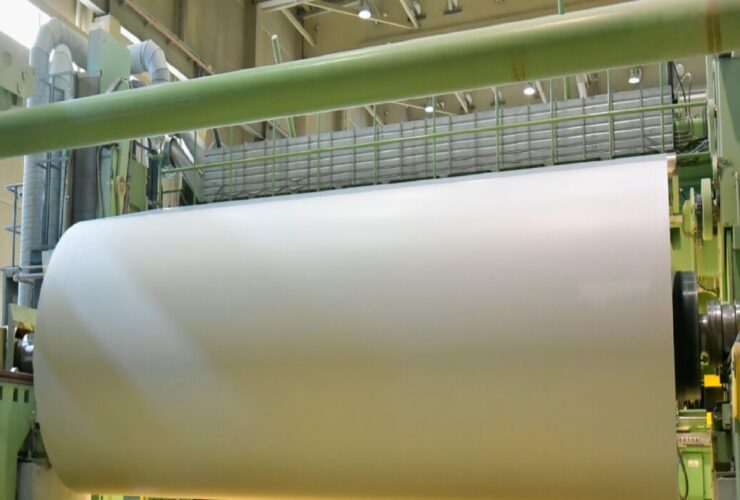Bioremediation of Wastewater using Microbes
Rajalakshmi P & Aadarsh P
The modern lifestyle provides various sophisticated products to make our lives better and comfortable. But the byproduct of the modern lifestyle is pollution, which is prominent in waste water. If we don’t limit the flow of biological and chemical contaminated water, the consequences may become hazardous for living organisms.
Wastewater treatment :
Wastewater effluents from Domestic, Industrial and commercial sectors are released into the water bodies. Sources of wastewater includes manufacturing units, sewage, electric strength plants, food industry, iron and metal industry, oil and fuel refineries, natural chemicals manufacturing, petroleum refining and petrochemicals, pulp and paper industry, smelters, fabric generators, commercial oil contamination, water remediations and hospital wastewater.
Why wastewater treatment with Microbes?
By Treating Wastewater with Microbes, we can make the wastewater reusable by eliminating impurities like organic, inorganic and synthetic compounds in the wastewater. Environmental conditions are also improved by bioremediation and biodegradation using microbes.
Composition of wastewater :
The composition of wastewater may include the following
- Heavy metals
- Pathogens
- Toxic chemicals
- Oil and grease
- Organic and inorganic salts
The wastewater effluent poses numerous hazards agents to humans, animals and aquatic environment. It can be toxic, corrosive, reactive, acidic and ignitable. Therefore, the effluent must undergo treatment before being reused or before getting redirected into the water supplies.
The role of microorganism in the wastewater treatment is to help in degradation of organic and inorganic waste in the effluent water. This process is less harmful to the environment compared to the chemical treatment.
ETP :
One of the most important processes to treat the industrial wastewater is to reuse or safely dispose them to the environment.

The microbes play a vital role in the ETP process. The microbes remove or reduce the concentration of organic and inorganic compounds. Bacteria are mostly used during the ETP process. Each type of bacteria plays a unique role in the treatment process.
Aerobic Bacteria :
Aerobic bacteria utilizes molecular or free oxygen to degrade or breakdown the toxic compounds and organic impurities which converts them into carbon dioxide and water.
Anaerobic Bacteria :
Anaerobic bacteria does not utilize the dissolved oxygen to breakdown the organic compounds. Unlike aerobes, it reduces the sludge produced and removes the phosphorous in the ETP by anaerobic degradation.
Heterotrophic Bacteria :
Heterotrophic bacteria are used to eliminate or remove the ammonia and nitrogen level in waste water. It has the ability to perform both heterotrophic nitrification and denitrification which maintains the dissolved oxygen level in the water. The microbe reduces ammonia to nitrate by oxidation process. This kind of biological ETP treatments are used in food and diary industries.
The wastewater contains oils and grease that are hard to breakdown and floats on the surface of water. This restricts light entry into the water and inhibits photosynthesis of aquatic plants. It causes suffocation and stress to aquatic animals due to unavailability of dissolved oxygen. The synthetic compounds present in wastewater can also cause an adverse effect to the aquatic species.The aquatic ecosystem is disrupted when untreated wastewaters are dumped into the water bodies.
Further, the decaying of organic matter and debris can reduce the dissolved oxygen in water bodies, so aquatic biota can’t endure. In addition, excessive supplements, phosphorus and nitrogen can cause eutrophication or can become poisonous to aquatic organism. This reduces availability of oxygen thus leading to decline of species. Chlorine compounds and inorganic chloramines can be toxic to Aquatic invertebrates, algae and fishes.
Tex Biosciences produces a range of Enzyme and Probiotics based products that helps in bioremediation of wastewater. The range of products are sold under the brand name of Tex Micro Clean.
The Products include –
- Tex Microclean 1015 – Effluent Treatment
- Tex Microclean 1016 – Sewage Treatment
- Tex Microclean 1017 – Anaerobic Water Treatment
- Tex Microclean 1018 – Oil and Grease Removal
- Tex Microclean 1019 – Septic Biocleaner
- Tex Microclean 1020 – Lake and Pond Cleaner
- Tex Microclean 1021 – Organic Waste Composting
- Tex Microclean 1022 – Hospital Wastewater Treatment
- Tex Microclean 1023 – Biofloc Probiotics
- Tex Microclean 1024 – Plumbing and Septic Line Treatment
- Tex MLSS Booster – Organic Nutrients for Boosting MLSS Performance
- Tex Micronutrients – Nutrients to supplement Probiotics Growth in Tanks
Tex Microclean range of products effectively utilize the nutrients and organic load in the effluent for its growth. During proliferation, it breaks down organic biodegradable chemicals, hazardous wastes, heavy metals and pathogens. Long chain compounds are broken down to short chain compounds and simple molecules. These short-chained compounds and simple molecules are then further consumed by the bacteria and converted as carbon dioxide and water, thus drastically reducing the COD and BOD levels in the Effluent.
Further, pathogens that accumulate and cause odour in the wastewater are the biologically curtailed through a process of competitive exclusion and cell lysis. The elimination of pathogenic bacteria helps reduce the odour of the wastewater.
Conclusion :
Using Tex Biosciences wastewater treatment products improve the quality of water and makes it reusable or safe for discharge to water streams.
Tex Biosciences manufactures a range of Probiotics and Enzyme based products under the brand name of Tex Microclean which have a proven track record in bioremediation of wastewater.


